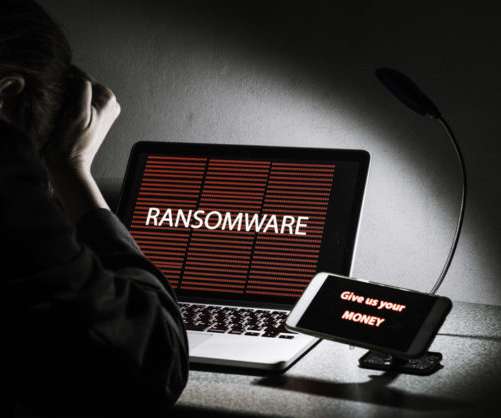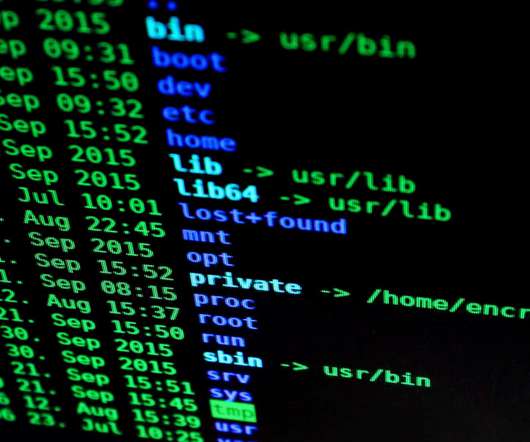Ransomware attack on New York Law Department
CyberSecurity Insiders
JUNE 8, 2021
A state-funded cyber attack has led to the New York Law Department hack disrupting legal proceedings from Saturday last week. And sources confirm that the disruption was caused by file-encrypting malware i.e. ransomware and it might take some time for the department to pull back the operations to normalcy.















Let's personalize your content